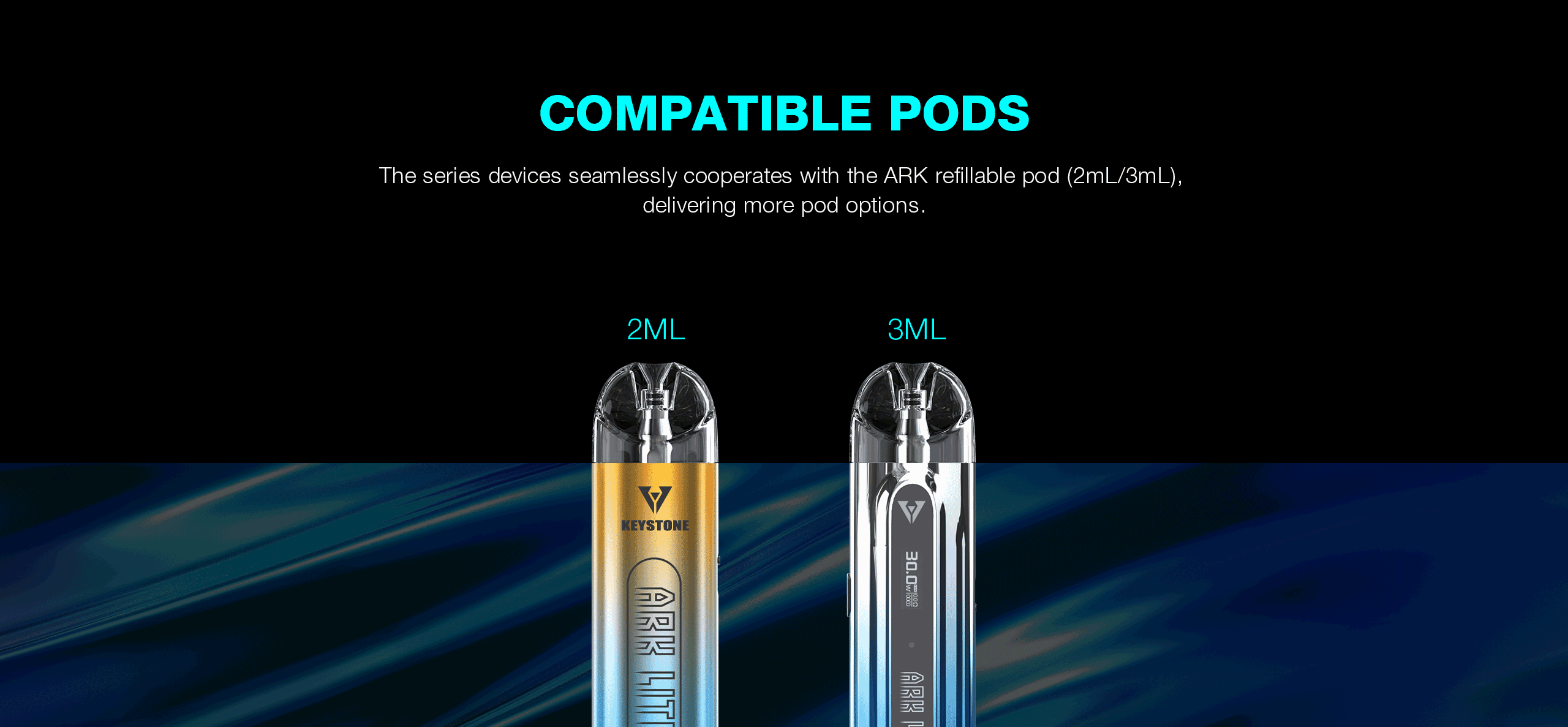您的购物车目前是空的!

Introduction
The vaping industry is undergoing significant regulatory changes worldwide, and Spain is the latest country to introduce new taxation policies affecting vape, vapor, and e-cigarette products. Effective April 1, 2025, Spain has implemented a new tax structure targeting vape juice, nicotine pouches, and other related products. This move aligns with broader European efforts to regulate vaping products similarly to traditional tobacco.
For vape sellers, distributors, and consumers, understanding these changes is crucial. This article explores the details of Spain’s new vape tax, its implications for the industry, and how businesses can adapt—especially those dealing with fruit-flavored vape products, which remain highly popular among users.
Spain’s New Vape Tax: Key Details
1. Tax Rates Based on Nicotine Content
The Spanish government has introduced a tiered taxation system for vape juice, depending on nicotine concentration:
- Vape juice with nicotine ≤ 15 mg/mL: €0.15 per mL
- Vape juice with nicotine > 15 mg/mL: €0.20 per mL
- Nicotine-free vape juice: €0.15 per mL
- Nicotine pouches & other nicotine products: €0.10 per gram
This tax structure aims to discourage high-nicotine consumption while generating additional government revenue.
2. Alignment with Tobacco Taxation
Spain’s approach mirrors the EU’s broader strategy to regulate vaping products under similar frameworks as combustible tobacco. By increasing taxes on e-cigarettes and vape juice, policymakers hope to reduce youth vaping and promote public health.
3. Implementation Timeline & Compliance Deadlines
Originally set for January 1, 2025, the tax was delayed to April 1, 2025, allowing businesses time to adjust. The first tax filing period covers April, May, and June 2025, with declarations due between July 1–20, 2025.
Impact on the Vape Industry
1. Price Increases for Consumers
With additional taxes, vape juice and nicotine products will become more expensive in Spain. This could lead to:
- Reduced sales of premium or high-nicotine e-liquids.
- Increased demand for lower-nicotine or nicotine-free alternatives.
- Growth in black-market products if legal prices rise too sharply.
2. Challenges for Vape Businesses
- Independent vape shops may struggle with higher operational costs.
- Online retailers shipping to Spain must adjust pricing models.
- Fruit-flavored vape products, a major market segment, could see fluctuating demand depending on consumer price sensitivity.
3. Potential Shift to Alternative Products
Some users may switch to:
- Disposable vapes (though these may also face future taxes).
- Nicotine pouches (now taxed at €0.10/g).
- DIY e-liquid mixing (to avoid commercial taxes).
How Vape Businesses Can Adapt
1. Adjust Product Offerings
- Expand nicotine-free options: Since they are taxed at a lower rate than high-nicotine juices.
- Promote shortfills & larger bottles: Offering more volume at a slightly higher price could offset tax impacts.
- Highlight fruit-flavored vape products: Flavors remain a key selling point despite tax changes.
2. Optimize Pricing Strategies
- Bundle deals: Encourage bulk purchases to soften the tax burden.
- Loyalty discounts: Retain customers despite price hikes.
3. Stay Compliant with Regulations
- Accurate tax reporting: Ensure proper documentation for Spanish tax filings.
- Monitor EU regulatory trends: Other countries may follow Spain’s lead.
Global Context: How Other Countries Tax Vapes
Spain is not alone in taxing vaping products. Here’s how other markets compare:
| Country | Tax on Vape Juice | Notes |
|---|---|---|
| UK | 20% VAT + £1 per 10mL (from 2026) | Planning new excise duties |
| Germany | €0.16 per mL (nicotine-containing) | One of the highest in EU |
| Italy | €0.08–0.40 per mL | Based on nicotine strength |
| USA | Varies by state | Some states impose additional excise taxes |
This trend suggests that vape taxation will continue evolving globally, affecting e-cigarette markets everywhere.
Consumer Reactions & Market Trends
1. Will Vapers Quit or Switch?
Some may return to smoking, while others might seek cheaper vapor alternatives. The fruit-flavored vape segment, however, is likely to remain resilient due to its popularity.
2. Rise of Tax-Free Alternatives?
- Black-market risks: Illegal sales could grow if taxes make legal products too expensive.
- Cross-border purchases: Spanish consumers might order from neighboring EU countries with lower taxes.
Conclusion: Navigating Spain’s New Vape Tax
Spain’s new vape tax marks a significant shift in how e-cigarettes and nicotine products are regulated. For businesses, adapting to these changes is essential—whether by adjusting product lines, optimizing pricing, or ensuring compliance.
For consumers, higher prices may influence purchasing behavior, but the demand for fruit-flavored vape and innovative products will likely persist. As global regulations tighten, staying informed will be key for both vape sellers and users.
Final Thoughts
The vape industry is no stranger to regulatory challenges. By understanding Spain’s new tax policies and proactively adjusting strategies, businesses can continue thriving in an evolving market.
Key Takeaways:
✅ New Spanish vape taxes apply based on nicotine content.
✅ Fruit-flavored vape remains popular but may see price adjustments.
✅ Businesses should explore nicotine-free options and bulk discounts.
✅ Global vaping regulations are tightening—stay informed!
For more updates on vape, vapor, and e-cigarette regulations, follow industry news and compliance guidelines.
Latest Posts
- The Truth About Vaping: Health Risks of E-Cigarettes and Fruit Flavored Vape Products

- Russia’s New Vape Retail Licensing System: What It Means for the Global E-Cigarette Industry

- U.S. Supreme Court Upholds FDA’s Ban on Flavored Vapes: What It Means for the E-Cigarette Industry

- Vaping in Classrooms: UK Teachers Report Growing Epidemic Among Schoolchildren

- UK Authorities Seize £26,000 in Illegal Vapes & Tobacco: Crackdown Intensifies on Unregulated E-Cigarette Trade


